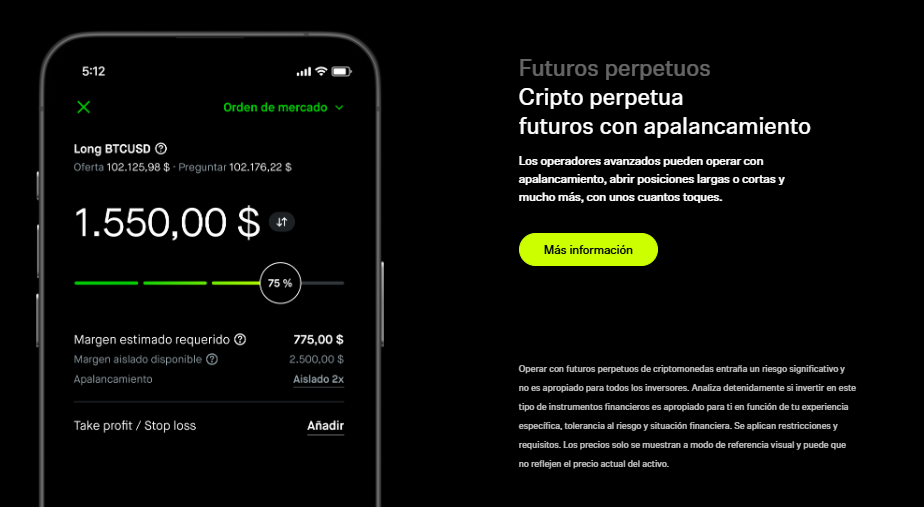Infrastructure as an Incentive: How TAC Drives DeFi Growth
Learn How TAC Transforms Infrastructure into DeFi Incentives. Learn about the New Opportunities Offered by This Innovative Approach. 👉

Infrastructure as an Incentive: How TAC Drives DeFi Growth
Infrastructure in the decentralized finance (DeFi) space is often associated with technical complexities and design that can be invisible to users. With the launch of its mainnet, TAC transforms these concepts, turning infrastructure into a real incentive that favors both developers and users.
TAC adds a layer of accessibility and user that connects directly to the Telegram ecosystem, allowing participants to interact with decentralized applications (dApps) without complications. This innovative approach not only facilitates the adoption of DeFi but also redefines its nature by integrating infrastructure as an essential element for the user experience.
The Challenges of Mass Adoption in DeFi
Over the years, DeFi adoption has faced several obstacles that have hindered its growth. In particular, interaction with multiple layers of technology has discouraged potential users. Problems include:
- Creation of wallets: New users must create and manage wallets, which can be intimidating.
- Isolated protocols: Each project has its own interfaces and registers, which makes it difficult to integrate between them.
- Disconnected Rewards: Farming dynamics are often not aligned with actual consumer demand.
The result is an ecosystem that, while it has worked efficiently for the more experienced, has left many users out.
The TAC approach: native flows in Telegram
TAC’s model focuses on removing these friction points by integrating DeFi incentives directly into native Telegram flows. This includes:
- Simplified development: Developers are automatically rewarded for embedding DeFi logic into existing experiences like MiniApps and bots.
- Market mobility: Capital is mobilized through real interactions, avoiding empty speculation.
- Optimized user experience: Incentives are presented seamlessly, allowing for simple interactions such as sending a message or joining a MiniApp.
TAC makes using DeFi intuitive, making it almost a natural part of the messaging app’s daily use.
Defining Native DeFi through Distribution
By integrating its services within Telegram, TAC provides a natural distribution channel that facilitates access to both crypto and non-crypto users. This model not only improves the user experience, but also sets a new standard for DeFi adoption:
- Distribution of contracts: Contracts become distribution channels.
- Real capital profit: Liquidity becomes a useful tool for the consumer.
- Invisible onboarding process: Users are introduced to the system without the need for a complicated process.
Benefits for Builders
This new paradigm offers a significant change in the way we think about creating dApps. With TAC, Telegram becomes the execution environment:
- Solidity Conservation: It extends the existing logic of EVM directly into Telegram.
- Native distribution: Developers can access over a billion users without the need to create new onboarding funnels.
- Remuneration model: TAC rewards builders as the product is used.
A New Paradigm in Value Creation
With this approach, TAC participants benefit from an ecosystem where the infrastructure itself becomes the incentive layer:
- Developers: They earn rewards for products used by users.
- Liquidity providers: They see returns tied to actual implementation, not to cycles of speculation.
- Users: They access financial tools directly in the same app they use to communicate.
This alignment of interests is the key to growth and sustainability in the DeFi environment.
In conclusion, TAC redefines the DeFi framework by transforming the way infrastructure is conceived, making it natively accessible and effective. This integration helps adoption grow organically and sustainably, removing barriers that previously limited participation.
.png)
Note: This original content has been modified with AI and reviewed by a specialist.

















